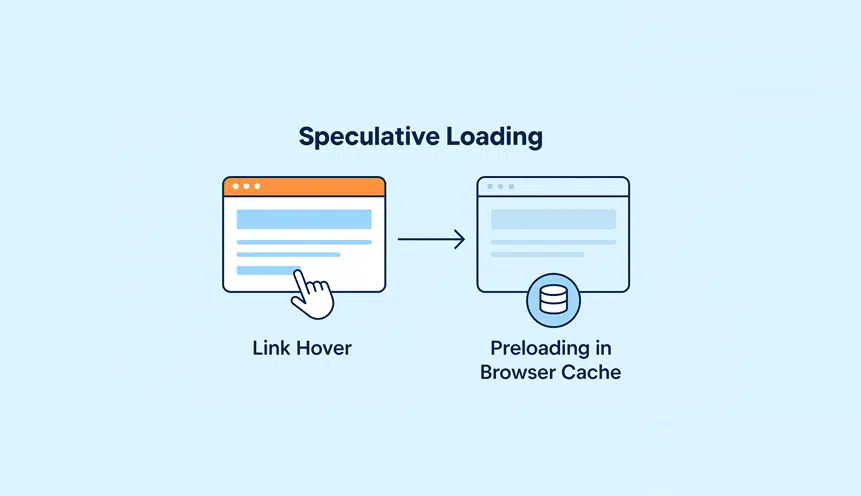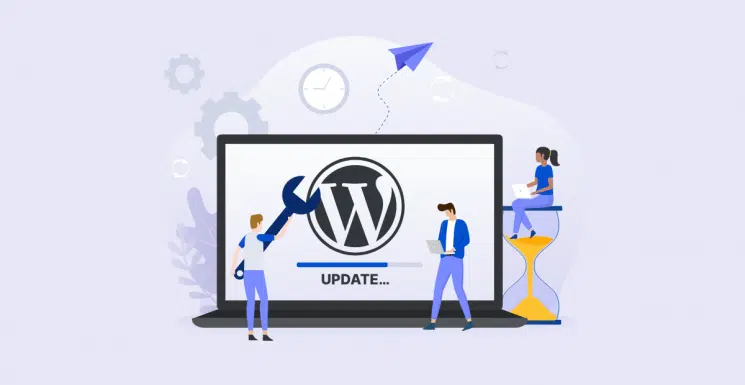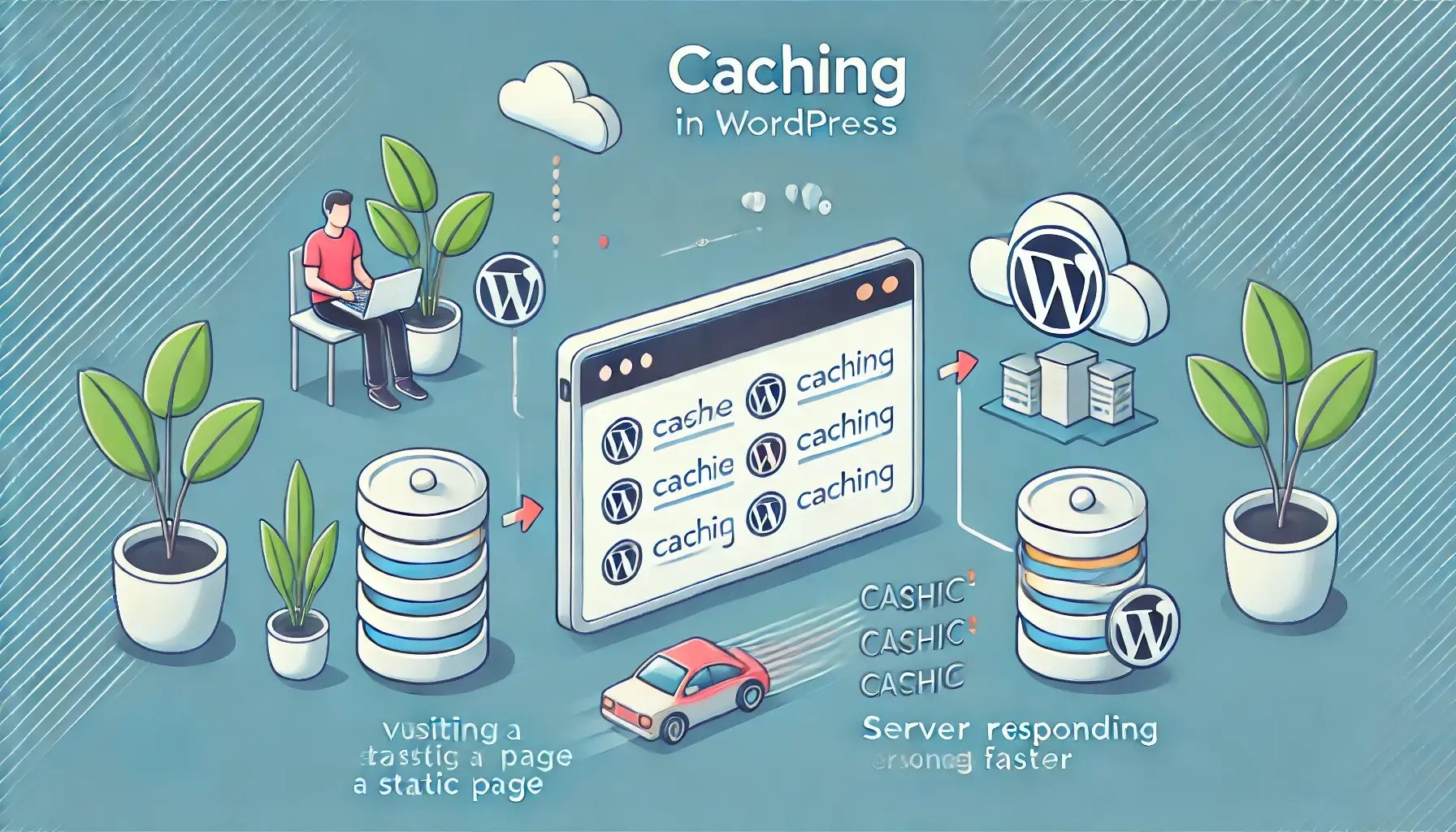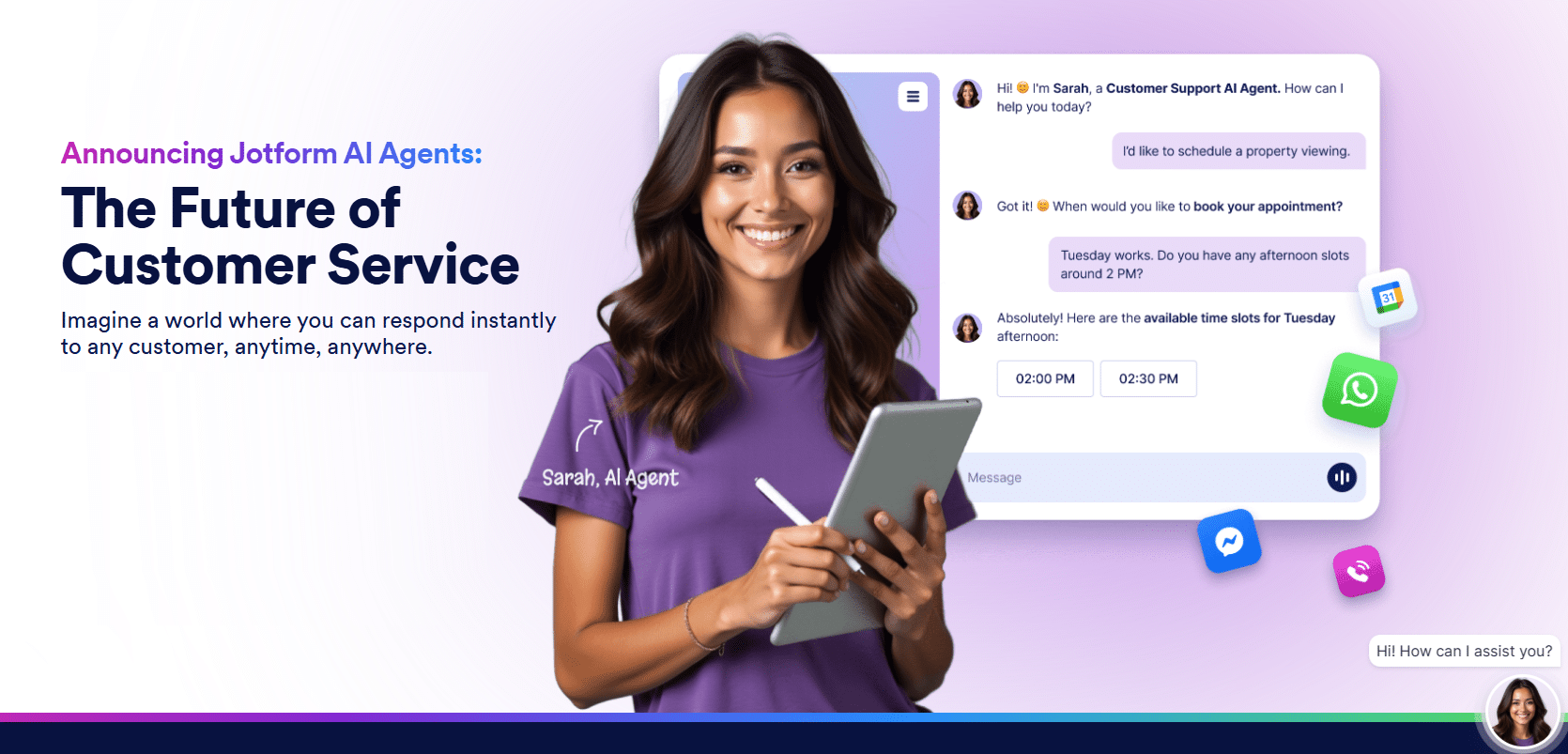WordPress 6.8, released on April 15, 2025, introduces several enhancements aimed at improving performance, security, and user experience.
One of the most notable features is the integration of speculative loading, a technique designed to make websites feel faster by preloading content users are likely to access next.
Speculative Loading: Enhancing Site Performance
What Is Speculative Loading?
Speculative loading is a performance optimization technique that anticipates user navigation patterns and preloads resources accordingly. By leveraging the Speculation Rules API, WordPress can define rules for prefetching or prerendering URLs, allowing for quicker page loads when users navigate through a site.
How It Works in WordPress 6.8
In WordPress 6.8, speculative loading is enabled by default on the front end for all users, except when a user is logged in or when pretty permalinks are disabled. The system uses conservative eagerness settings, meaning it initiates prefetching when a user begins to click a link. This approach balances performance gains with resource usage, ensuring that unnecessary data isn’t loaded.
Benefits of Speculative Loading
Implementing speculative loading can lead to significant performance improvements. Data from the Chrome User Experience Report indicates that sites with speculative loading enabled saw a roughly 1.9% improvement in their Largest Contentful Paint (LCP) passing rate. While this may seem modest, it’s a substantial gain from a single feature and can dramatically improve perceived performance and engagement on a website.
Customization Options
Developers have the flexibility to adjust speculative loading settings to suit their site’s needs. By using filters like wp_speculation_rules_href_exclude_paths, specific URLs can be excluded from prefetching or prerendering. Additionally, the wp_get_speculation_rules_configuration() function allows for retrieving the current configuration, enabling further customization. This gives site builders control over when and how speculative loading is used, helping fine-tune the experience.
Other Notable Features in WordPress 6.8
Enhanced Editor Experience
WordPress 6.8 brings several improvements to the block editor that make content management more powerful and intuitive:
- Data Views: Users can now customize page views with additional properties like Preview, Slug, Parent, Discussion, Template, and Password. A new density control allows adjusting the space occupied by each row, offering Comfortable, Balanced, and Compact options.
- Query Loop Block: An option to ignore sticky posts has been added, providing more control over post ordering. The “Change design” dropdown replaces the previous “Choose Pattern” modal, streamlining the design selection process.
- Image Block: Users can now set an image as the featured image directly from the block toolbar, simplifying the process of assigning thumbnails.
Design and Theme Enhancements
- Global Styles Interface: The Global Styles panel is now accessible from the main menu of the site editor, allowing for easier access to Typography, Colors, Background, Shadows, and Layout options.
- Style Book for Classic Themes: Previously available only for block themes, the Style Book is now extended to classic themes that support editor styles. This gives developers and users a visual overview of block styles, typography, and color palettes—bringing more design cohesion across theme types.
Security Improvements
WordPress 6.8 enhances password security by switching from the phpass algorithm to bcrypt for hashing user passwords. This change significantly increases password resilience against brute-force attacks. Additionally, application passwords and security keys now use the BLAKE2b hashing algorithm, providing a modern and robust method for securing credentials.
Developer-Focused Updates
- Block Type Registration: A new function,
wp_register_block_types_from_metadata_collection(), allows developers to register multiple block types simultaneously. This makes plugin and theme development more efficient. - Interactivity API: Improvements to the Interactivity API include support for asynchronous handlers. This allows interactions like clicks or hovers to trigger logic without slowing down the front end, improving responsiveness.
- Performance Warnings: Developers will now receive warnings in the console when the
useSelecthook is used inefficiently. This helps identify and resolve performance bottlenecks during development.
Why Speculative Loading Matters So Much
The real story of WordPress 6.8 is how it shifts performance from a passive goal to an active feature. Speculative loading isn’t just a nice-to-have; it’s a game changer. By anticipating a user’s next move, WordPress now acts preemptively rather than reactively, shaving precious milliseconds off navigation time.
For example, on content-heavy blogs or e-commerce sites, where each page transition often means new stylesheets, scripts, and data, speculative loading can drastically reduce wait times. This faster feedback loop encourages deeper browsing, longer sessions, and increased engagement—all while being invisible to the user.
More importantly, this feature works out of the box. Site owners don’t need to configure anything for it to be effective. But for power users and developers who want more control, filters and helper functions allow complete customization of the speculative loading strategy.
This release quietly positions WordPress as not just a content management system, but a forward-thinking platform that’s taking cues from the modern web performance playbook. It embraces smart preloading, uses Chrome’s built-in capabilities, and aligns with progressive web app behaviors—all while staying true to WordPress’s ease of use.
Conclusion
WordPress 6.8 is a carefully considered update. It doesn’t overwhelm with flashy features—instead, it delivers enhancements that directly improve speed, usability, security, and customization.
At the heart of the release is speculative loading, a subtle but powerful performance enhancement that pushes WordPress toward a faster, more seamless future. Combined with the editor upgrades, design refinements, and tighter security, WordPress 6.8 is a testament to the platform’s ongoing evolution.
For developers, it offers new hooks, smarter defaults, and improved debugging tools. For site owners, it promises a smoother user experience without any extra effort. And for visitors, it just makes the web feel a little quicker.
If you haven’t updated yet, WordPress 6.8 is worth the upgrade—for speculative loading alone.

















